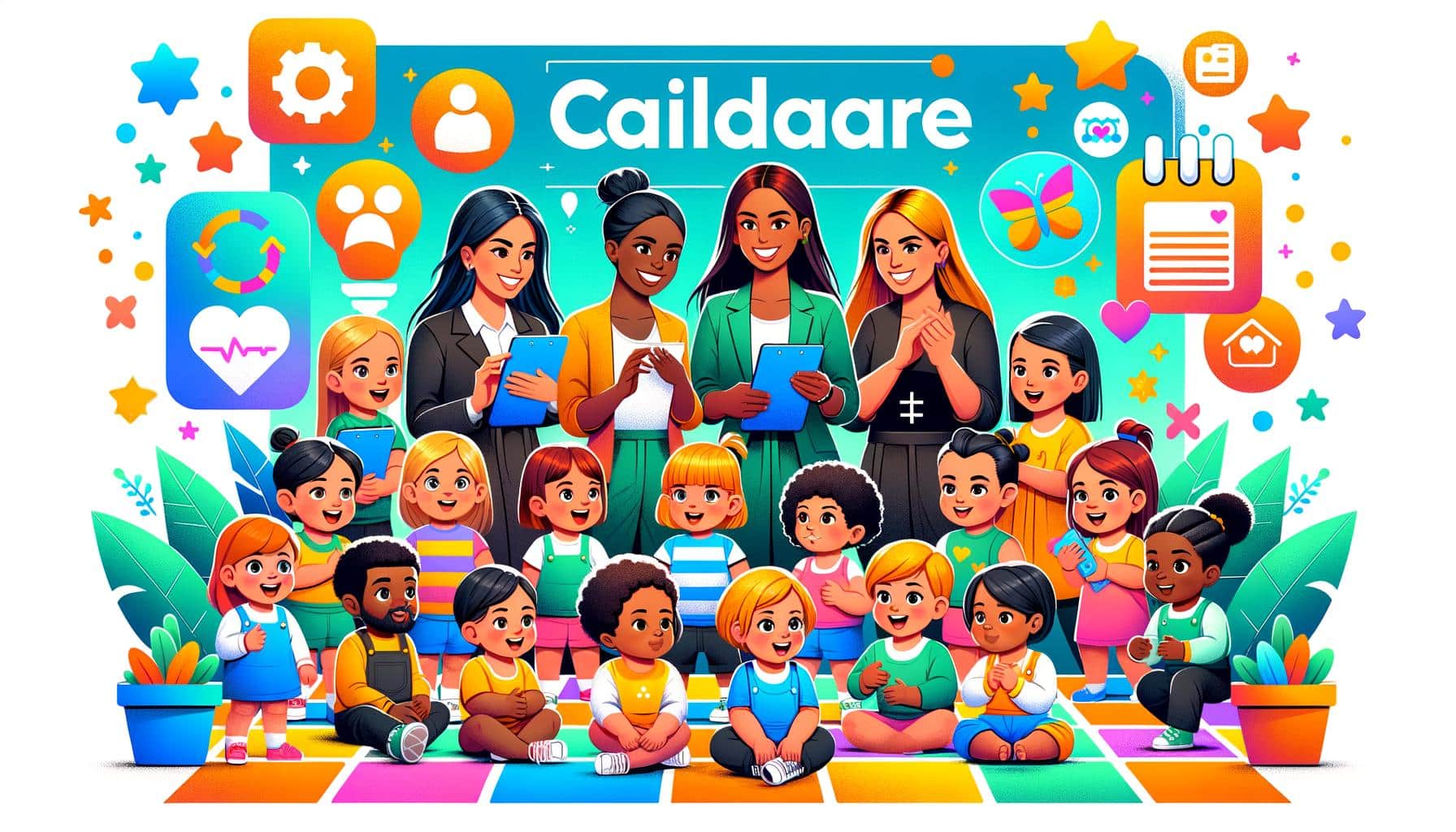The Legal Dilemma of AI Research and CFAA
In the rapidly evolving field of artificial intelligence (AI), legal frameworks like the Computer Fraud and Abuse Act (CFAA) are struggling to keep up. This has left AI researchers in a precarious situation where they might inadvertently violate the law during security testing. A group of scholars from Harvard, including Ram Shankar Siva Kumar, Kendra Albert, and Jonathon Penney, have been exploring this issue, arguing that the CFAA does not clearly apply to prompt injection attacks on large language models (LLMs).
What is Prompt Injection?
To understand the problem, let's break down what a prompt injection is. Imagine you have a virtual assistant, like your smart home speaker, which usually responds to your commands politely. Now, imagine giving it instructions that bypass its usual restrictions—this is similar to a prompt injection, where a user manipulates an AI system to behave in unintended ways.
The CFAA and its Limitations
The CFAA was introduced to combat unauthorized access to computer systems. However, as Kendra Albert, a Harvard Law instructor, points out, its language doesn't easily translate to modern AI systems. In 2021, the US Supreme Court decision in Van Buren v United States refined this by asserting that the CFAA applies to accessing parts of a system without permission. This works well for traditional computer systems but not for AI models where inputs and outputs are more fluid.
The Gray Areas in AI Legality
Albert emphasizes the complexity: "It's a murky area when you have permission to use an AI but end up exploiting it in unforeseen ways." The ambiguity stems from the fact that AIs like LLMs work differently from conventional systems. They don't store data in typical file structures, making it difficult to determine what constitutes unauthorized access.
Potential Consequences for AI Researchers
The uncertainty creates a chilling effect. Researchers acting in good faith might be deterred from identifying critical vulnerabilities due to fear of legal repercussions. Siva Kumar, another Harvard affiliate, notes the "probabilistic element" of AIs, where they generate responses rather than merely retrieving them like databases.
The Future of AI Legal Challenges
Currently, there's no clear path forward. Albert anticipates the need for court cases to define the boundaries of legitimate AI exploitation versus malicious behavior. Meanwhile, researchers are advised to proceed with caution and possibly seek legal counsel before conducting certain types of security testing.
Albert underscores the urgent need for clarity: "We need to balance responsible disclosure with the risks of litigation." Until then, AI researchers must navigate this uncertain landscape with prudence.













